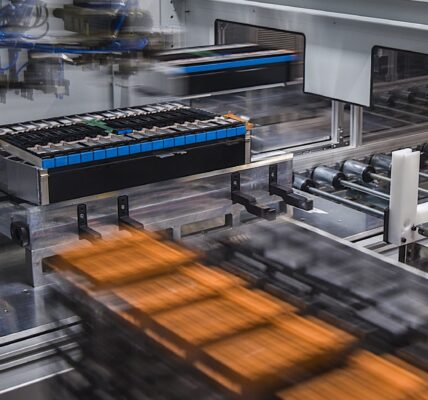Salt — not cobalt, nickel, or lithium — is what Chinese battery giant CATL intends to use to revolutionize electric car batteries. According to the company, this breakthrough could slash battery production costs by 70%.
CATL has unveiled a new type of battery based on sodium-ion technology.
Unlike traditional EV batteries that rely on expensive materials like lithium, cobalt, or nickel, these batteries use ordinary sodium, making them much cheaper to produce.
The first generation of CATL’s sodium-ion battery was introduced three years ago, and the second generation is expected to launch in 2025.
According to Carnewschina, CATL claims that salt batteries could transform the EV market.
BYD, another major Chinese player, predicts that these batteries will eventually cost 70% less to manufacture than the popular LFP (lithium iron phosphate) batteries.
Despite their potential, sodium-ion batteries aren’t yet cheap to produce due to limited production volumes. However, they offer other notable advantages, including strong performance in low temperatures.
CATL reports that its next-generation salt battery will function reliably in temperatures as low as minus 40 degrees Celsius, making it ideal for colder climates.
While CATL hasn’t disclosed the energy density of its upcoming battery, the first generation offered 160 Wh/kg—a respectable start.
Mass production of the second-generation sodium-ion battery isn’t expected until 2027, though the product will be officially launched as early as next year.
Exactly how much the cost will drop compared to standard EV batteries remains under wraps.
Still, BYD’s projections suggest that sodium-ion batteries could be a game changer, offering affordable alternatives to current technologies and potentially reshaping the future of electric vehicles.







